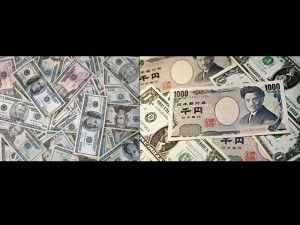Forex reserves hit record $69B in June

NEW RECORD HIGH The Philippines’ forex reserves hit almost $69 million as of end-June, up by 42 percent from the same period last year.
The country’s foreign exchange reserves hit a new record in June, moving closer to the $70-billion mark, as remittances and “hot money” remained robust.
Data from the Bangko Sentral ng Pilipinas showed that the country’s gross international reserves (GIR) stood at $68.997 billion as of end-June, up by 42 percent from $48.704 billion posted in the same period last year.
The latest GIR figure has forced the central bank to rethink its earlier forecast of $70 billion in reserves by the end of 2011. BSP officials said the GIR could exceed the target amount in the next few months.
Despite unfavorable developments abroad, remittances remain strong due to growing demand for Filipino workers overseas, BSP officials added.
They also said foreign portfolio investments, which grew significantly in 2010, continued to rise sharply this year due to the country’s strong economic performance.
Article continues after this advertisementBecause of the below-par performance of the United States and Europe, foreign portfolio investments have been finding their way to Philippine shores, pushing its foreign exchange reserves to record levels.
Article continues after this advertisementStrong inflows of dollars have created upward pressures on the peso, prompting the BSP to purchase foreign currencies from the market to keep the peso from significantly appreciating. As a result, the country’s foreign exchange reserves grew.
The BSP said the latest amount of foreign exchange reserves would be enough to cover 10.4 months’ worth of the country’s usual imports.
Monetary officials describe the GIR figure as “very comfortable.” According to international standards, a country’s foreign exchange reserves only have to account for at least four months’ worth of imports to be considered comfortable.
Data from the central bank also showed that the latest amount of GIR was 5.9 times the country’s debt maturing within one year.
According to the central bank, the GIR figure will boost the country’s credit image because it shows that the Philippines has the ability to settle its maturing obligations.
Last month, the country got credit rating upgrades from two major ratings agencies.
Moody’s raised the country’s foreign debt rating from three to two notches below investment grade.
Fitch raised the rating from two notches to a notch below investment grade.
The BSP said the rise in the country’s reserve of foreign currencies persuaded the ratings agencies to raise the country’s credit standing.
Central bank officials believe that the Philippines is ripe for an investment grade, citing its foreign exchange reserves and improving macroeconomic fundamentals.